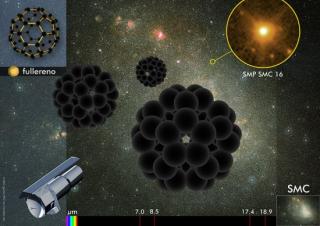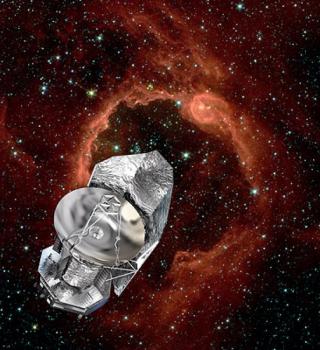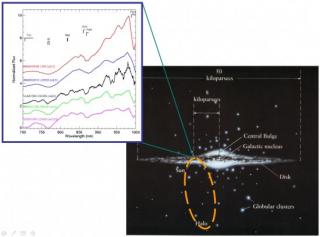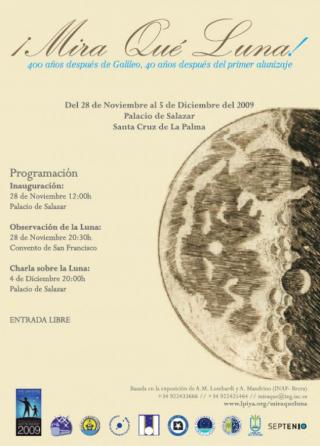The quiet Sun (the 99%, or more, of the solar surface not covered by sunspots or active regions) is receiving increased attention in recent years; its role on the global magnetism and its complexity are being increasingly recognised. A picture of a rather stochastic quiet Sun magnetism is emerging . From these recent works, the quiet Sun magnetism is presented as a myriad of magnetic field vectors having an isotropical distribution with a cascade of scales down to the mean free path of the photon (1 marcsec, or 10km on the solar surface). But this chaotic representation also shows clear
Advertised on



